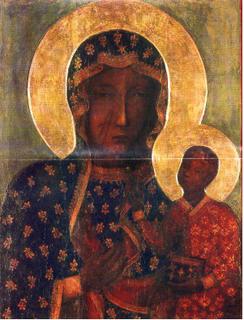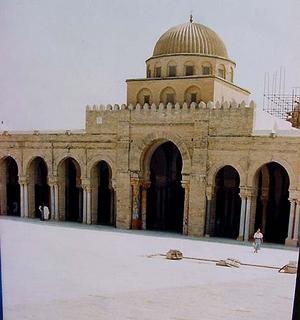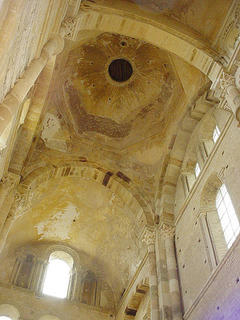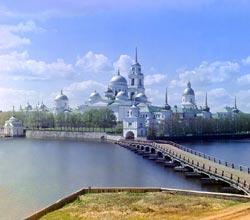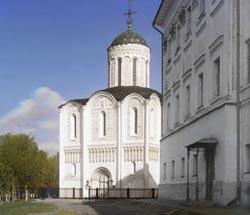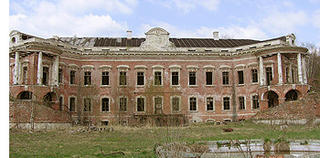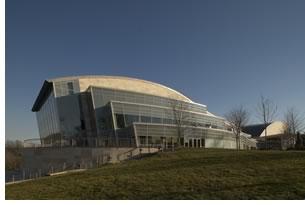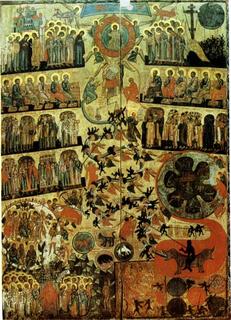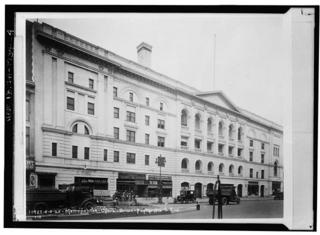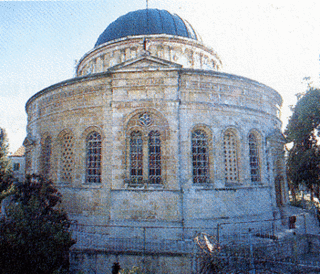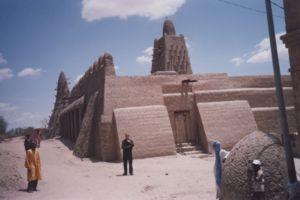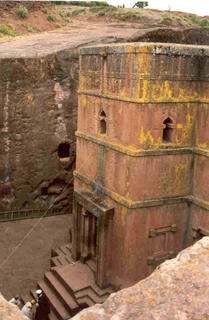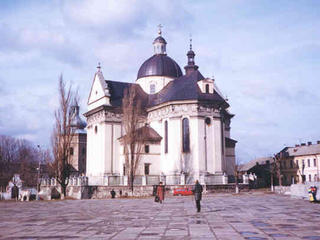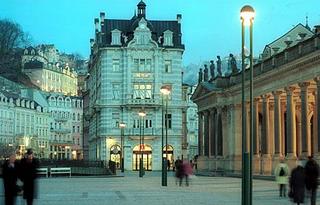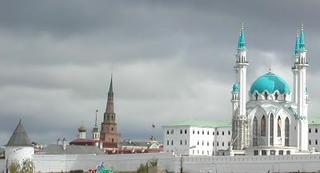"Stockhausen has recently finished Licht ("Light"), an epic opera cycle based on the seven days of the week. He started it in 1977 and the last and seventh part premiered at the Donaueschingen Music Festival in October 2004. Were it to be performed as a whole, it would run to over 30 hours. It is for such grand gestures that he is mocked and venerated in equal measure.
Nevertheless, there are plans to mount the whole thing in 2008, the year of Stockhausen's 80th birthday. "I have planned since the very beginning [for it to be performed all together] but the world does not do what I want it to," he says. "Maybe I can still experience a performance of Licht, the complete cycle. It is an enormous project."
Undeterred, he has already started on another vast project. It's called Klang ("Sound"), a cycle of works based on the 24 hours of the day. The first part is already finished and [premiered]in Milan Cathedral on May 5. As part of his research for the other 23 pieces, Stockhausen says he is studying the different qualities possessed by the various hours of the day, as if savouring their tastes before capturing them in sound. ...
"To compose a large project of music is fascinating because I am divining, as I have in all my works since the beginning, larger organisms from nucleuses," he explains. ...
The composer was born in 1928 in Modrath, a village near Cologne. His father, Simon, was a schoolteacher who was later killed in the Second World War. His mother, Gertrud, suffered from depression and was institutionalised in 1933. She was put to death in 1941, a victim of the Nazi euthanasia policy."
Barry Didcock "The Man Who Fell to Earth - Karlheinz
Stockhausen, Madman or Genius?" The Sunday Herald
[Glasgow] - 27 March 2005 via Andante.com and Ionarts.org.
*
Das Europäische Zentrum der Künste Hellerau (The European
Center for the Arts Hellerau), in Dresden, will stage the
first complete performance of all 30 hours of the Licht
cycle in 2008, for the composer's 80th birthday
(as reported by BBC News).

Semperoper House, Dresden, Germany. Badly damaged in
World War II, with reconstruction completed by the
East German Communist regime in the 1980s. Home
to the world premieres of Western operas by Weber,
Wagner (three), and R. Strauss (nine), and many others,
including:
Wilhelm Kienzl: Urvasi (20 Feb 1886)
Felix Draeseke: Herrat (10 Mar 1892)
Eugen d'Albert: Ghismonda (28 Nov 1895)
August Bungert: Die Odyssee (tetralogy, 1898-1903)
Ignacy Jan Paderewski: Manru (29 May 1901)
Richard Strauss: Feuersnot (21 Nov 1901)
Leo Blech: Das war ich (6 Oct 1902)
Richard Strauss: Salome (9 Dec 1905)
Max von Schillings: Moloch (8 Dec 1906)
Richard Strauss: Elektra (25 Jan 1909)
Richard Strauss: Der Rosenkavalier (26 Jan 1911)
Ernst von Dohnányi: Tante Simona (22 Jan 1913)
Ermanno Wolf-Ferrari: Der Liebhaber als Arzt (4 Dec 1913)
Eugen d'Albert: Die toten Augen (5 Mar 1916)
Hans Pfitzner: Das Christelflein (11 Dec 1917)
Feruccio Busoni: Doktor Faust (21 May 1925)
Kurt Weill: Der Protagonist (27 Mar 1926)
Paul Hindemith: Cardillac (9 Nov 1926)
Othmar Schoeck: Penthesilea (8 Jan 1927)
Richard Strauss: Die ägyptische Helena (6 June 1928)
Othmar Schoeck: Vom Fischer und syner Fru (3 Oct 1930)
Richard Strauss: Arabella (1 July 1933)
Rudolf Wagner-Régeny: Der Günstling (20 Feb 1935)
Richard Strauss: Die schweigsame Frau (24 June 1935)
Othmar Schoeck: Massimilla Doni (2 Mar 1937)
Richard Strauss: Daphne (5 Oct 1938)
Werner Egk: Peer Gynt (1939)
Heinrich Sutermeister: Romeo und Julia (13 Apr 1940)
Heinrich Sutermeister: Die Zauberinsel (31 Oct 1942)
Gottfried von Einem: Prinzessin Turandot (5 Feb 1944)
Josef Haas: Die Hochzeit des Jobs (2 July 1944)
Siegfried Matthus: Die Weise von Liebe und Tod des Cornets Christoph Rilke (1985)
Peter Ruzicka: [Paul] Celan (2001)


